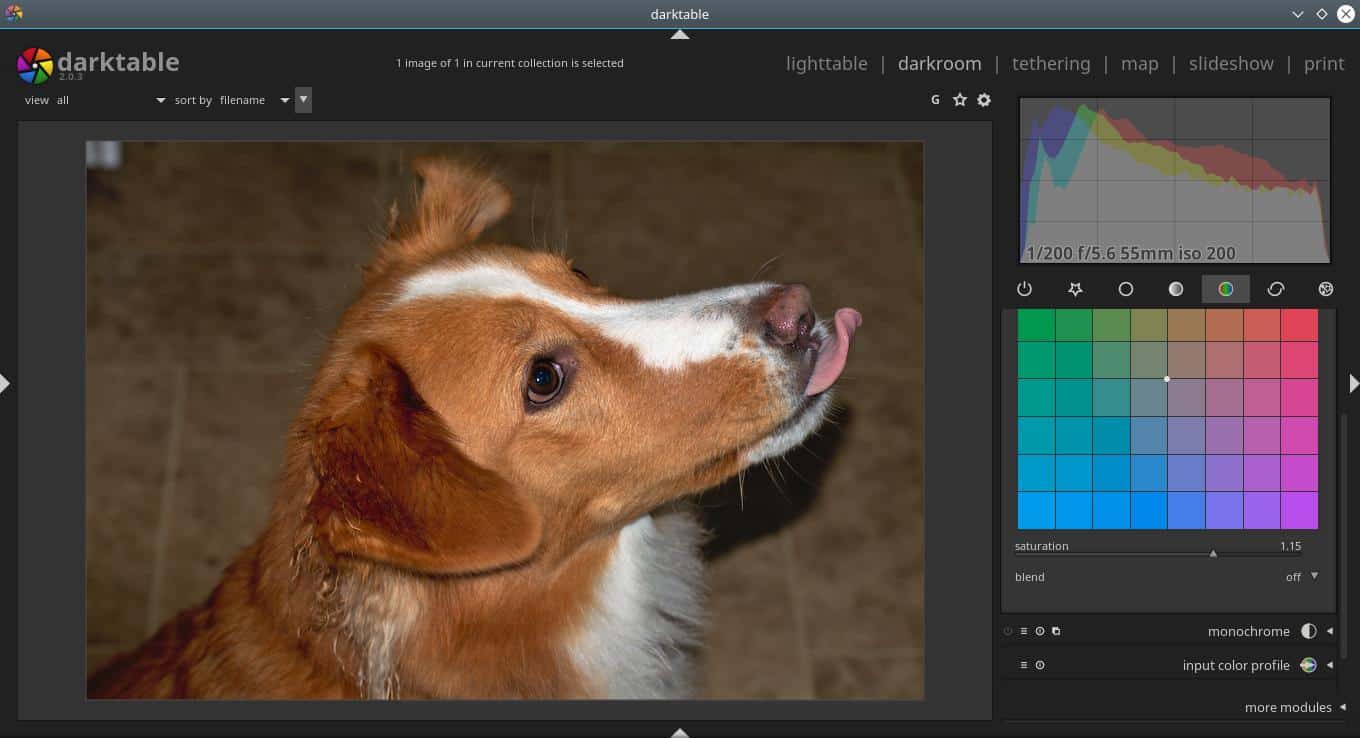
In this binocular context, percepts of lateral motion and motion in depth were equally consistent with the stimulus. In Experiment 1, the visible half-image of a monocularly camouflaged object translated laterally. We report two experiments concerned with stereomotion perception under conditions of monocular camouflage. However, occasionally these cues are unavailable due to the fact that in one eye the object may be occluded by, or camouflaged against appropriately positioned binocular objects. Under usual circumstances, motion in depth is associated with conventional stereomotion cues: a change in disparity and differences between object velocities in each monocular image. A new cue-dynamic half-occlusion-can be used to reach an accurate percept. We conclude that in the computation of motion in depth, a binocular match is not required. We show that our stimuli provide disambiguating information not present in similar static stimuli. Settings of a motion in depth probe revealed that the magnitude of perceived motion in depth is generally as large as that for a stimulus containing matchable binocular features. Nakayama’s (1999) ‘‘monocular gap’’ stimuli to investigate perception of motion in depth simulated by a change in the extent of a monocularly occluded feature in a binocular display. The ability of humans to perceive motion in depth from unmatched stimuli has not previously been explored. The presence and extent of such features can provide quantitative depth information, although perceived depth relative to geometrical predictions may vary from one such arrangement to another. However, unmatched features can arise when a binocular object occludes more distant features in one eye but not the other. Motion in depth can also be perceived binocularly from related changes in the locations of matched binocular features.

Until recently, it was considered necessary for features in the two eyes to be matched before the evaluation of differences in their locations (binocular disparities) could reveal depth information. Experiments utilizing short lifetime dot stereograms demonstrated that these particular binocular enhancements of vection were due to the motion of stereoscopically defined features. We found that binocular viewing of such surfaces significantly increased the magnitudes and decreased the onset delays of vertical vection. These surfaces were horizontally oriented depth corrugations produced by disparity modulation of patterns of persistent or short lifetime dot elements. Vertical vection was induced by the upward or downward translation of large stereoscopic surfaces. Here we examined for the first time the effects of binocular vision and stereopsis on linear vertical vection. Previous research had provided evidence of stereoscopic enhancements for linear vection in depth (e.g., Palmisano, 1996, 2002).
DURGIN DARKTABLE SERIES
The role of binocular vision and stereopsis in these illusions was explored in a series of three experiments.

Compelling illusions of self-motion, known as vection, can be produced in a stationary observer by visual stimulation alone.


 0 kommentar(er)
0 kommentar(er)
